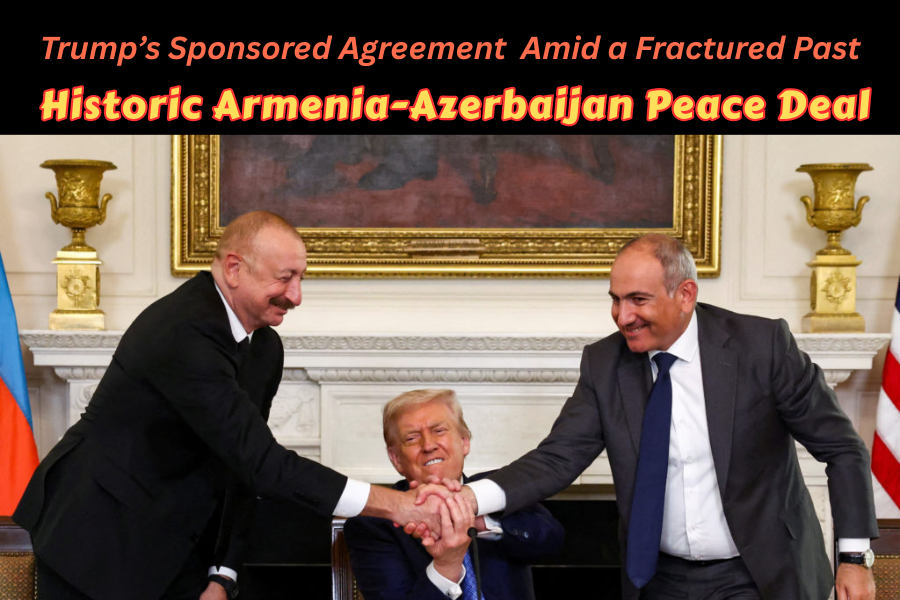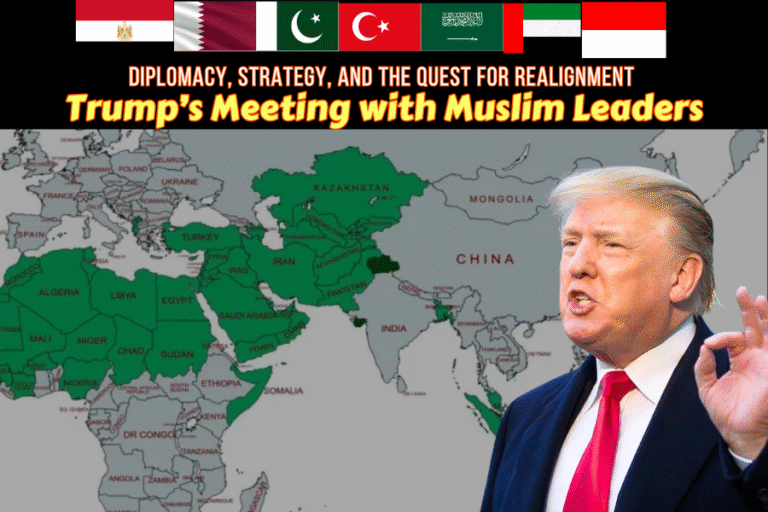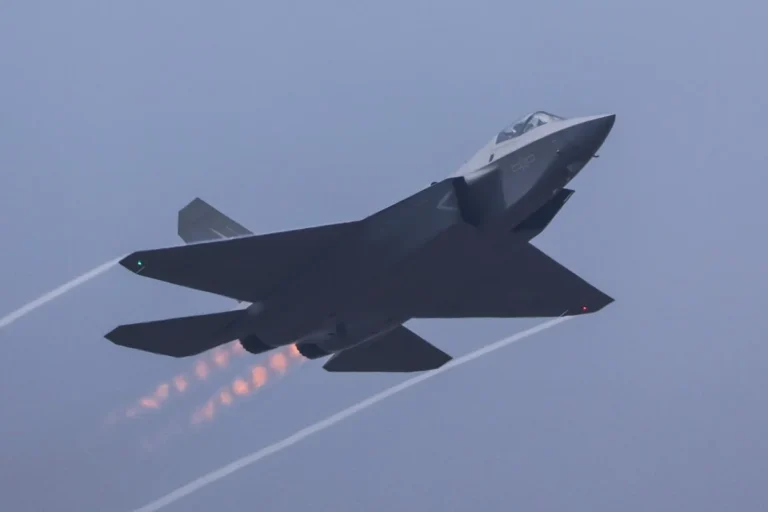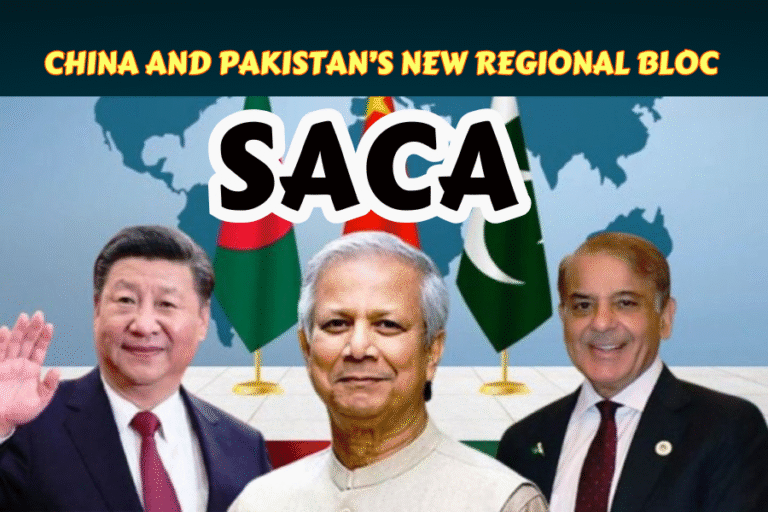(By Khalid Masood)
Introduction
On August 8, 2025, Azerbaijan’s President Ilham Aliyev and Armenia’s Prime Minister Nikol Pashinyan shook hands at the White House, signing a U.S.-brokered peace agreement to end the decades-long Nagorno-Karabakh conflict. Hosted by President Donald Trump, who hailed the event as “historic,” the deal reopens key transport routes and boosts U.S. influence in the South Caucasus. For instance, the agreement, centered on the Trump Route for International Peace and Prosperity (TRIPP), aims to normalize relations, delimit borders, and foster economic ties. However, the conflict’s deep scars—rooted in ethnic tensions and wars since 1988—raise questions about its durability. This article explores the conflict’s background, details the wars, analyzes the 2025 peace deal, and predicts future trajectories, emphasizing Azerbaijan’s strategic gains and the challenges ahead for both nations.
Historical Background
The Nagorno-Karabakh conflict, one of the post-Soviet era’s most intractable disputes, began in 1988 amid the Soviet Union’s collapse. For example, Nagorno-Karabakh, an ethnically Armenian enclave within Azerbaijan’s internationally recognized borders, sought secession with Armenia’s support. The region, home to 150,000 ethnic Armenians by 1988, declared independence, sparking tensions. Consequently, the First Nagorno-Karabakh War (1988–1994) erupted, killing 30,000 and displacing over a million. Armenia occupied Nagorno-Karabakh and seven adjacent Azerbaijani districts, controlling 20% of Azerbaijan’s territory by the 1994 Bishkek Protocol ceasefire.
The ceasefire, mediated by Russia’s Minsk Group, failed to resolve core issues. For instance, Armenia’s occupation fueled Azerbaijan’s resentment, while ethnic Armenians faced discrimination fears. Skirmishes persisted, notably in 2016’s Four-Day War, killing 200. Azerbaijan, bolstered by oil wealth and Turkish support, modernized its military, while Armenia relied on Russian backing. The Second Nagorno-Karabakh War in 2020 shifted the balance. Azerbaijan, using drones and precision strikes, recaptured most occupied territories, culminating in a November 2020 Russian-brokered ceasefire. In September 2023, Azerbaijan’s 24-hour offensive reclaimed Nagorno-Karabakh, prompting 120,000 ethnic Armenians to flee to Armenia. Thus, Azerbaijan’s military dominance set the stage for peace talks.

Wars and Conflicts
First Nagorno-Karabakh War (1988–1994)
The first war began as ethnic Armenians in Nagorno-Karabakh demanded unification with Armenia. For example, pogroms against Armenians in Azerbaijan (e.g., Sumgait, 1988) and against Azerbaijanis in Armenia escalated tensions. By 1994, Armenia’s forces occupied Nagorno-Karabakh and seven surrounding districts, displacing 700,000 Azerbaijanis. The war’s brutality, including the 1992 Khojaly massacre (600 Azerbaijani civilians killed), entrenched mutual distrust. The 1994 ceasefire, while halting major fighting, left the conflict unresolved, with Armenia maintaining control until 2020.
Second Nagorno-Karabakh War (2020)
In September 2020, Azerbaijan launched a counteroffensive, leveraging Turkish drones and Israeli munitions. For instance, Azerbaijan recaptured Shusha and other territories, killing 5,000 soldiers on both sides. The November 2020 ceasefire, mediated by Russia, ceded most occupied districts to Azerbaijan and deployed Russian peacekeepers. However, Armenia retained partial control of Nagorno-Karabakh, fueling ongoing tensions. The war showcased Azerbaijan’s military edge and Turkey’s growing influence, diminishing Russia’s role.
2023 Offensive
On September 19, 2023, Azerbaijan’s “anti-terrorist operation” swiftly retook Nagorno-Karabakh. For example, precise strikes overwhelmed Armenian defenses, forcing a surrender within 24 hours. Nearly 120,000 ethnic Armenians fled, prompting accusations of ethnic cleansing by human rights groups. Azerbaijan’s Foreign Ministry rejected these claims, citing security needs. The offensive ended Armenia’s control, paving the way for peace negotiations but deepening Armenian grievances.
The 2025 Peace Agreement
On August 8, 2025, Aliyev and Pashinyan signed a U.S.-brokered peace agreement at the White House, attended by Trump. For instance, the deal, finalized on March 13, 2025, includes border delimitation, security cooperation, and normalized relations. A key provision establishes the Trump Route for International Peace and Prosperity (TRIPP), a 27-mile transit corridor through Armenia’s Zangezur region, connecting Azerbaijan to its Nakhchivan exclave. The U.S. secured exclusive development rights for 99 years, subleasing to a consortium for rail, oil, gas, and fiber optic infrastructure. Armenian law governs the corridor, respecting sovereignty, while Azerbaijan gains direct access to Turkey and Central Asia.
The agreement prohibits foreign troop deployments along borders and withdraws international legal claims. For example, both nations requested the dissolution of the Minsk Group, signaling a shift from Russian to U.S. mediation. Trump lifted restrictions on U.S. military cooperation with Azerbaijan and signed separate energy and technology deals with both countries. Aliyev praised Trump’s role, while Pashinyan called it a “new chapter.” However, the Armenian National Committee of America (ANCA) criticized the deal, alleging it rewards Azerbaijan’s “ethnic cleansing” of Nagorno-Karabakh’s 150,000 Armenians.
Geopolitical Implications
The peace deal reshapes the South Caucasus, reducing Russian and Iranian influence while boosting U.S. and Turkish leverage. For instance, a U.S. official told Axios the TRIPP corridor aims to bypass Iran and Russia, connecting Turkey to Central Asia. Azerbaijan strengthens ties with Turkey, its key ally, while Armenia, weakened by losses, seeks Western integration. Russia, distracted by Ukraine, has lost its regional dominance, as seen in its failure to enforce the 2020 ceasefire. Moreover, the deal counters China’s Belt and Road ambitions by offering an alternative trade route.
However, challenges persist. For example, Armenia’s opposition accuses Pashinyan of conceding too much, while Azerbaijan’s demand for Armenia’s constitutional amendments to remove Nagorno-Karabakh references delays full normalization. The displacement of 120,000 Armenians raises humanitarian concerns, with the UN pledging aid. Azerbaijan’s human rights record, with 375 political prisoners per Freedom Now, also draws scrutiny. Thus, while the deal marks progress, its success hinges on implementation and trust-building.

Pros and Cons of the Peace Agreement
For Azerbaijan
Pros:
- Territorial Integrity: Azerbaijan regains full control over Nagorno-Karabakh, reinforcing sovereignty.
- Economic Gains: The TRIPP corridor boosts trade with Turkey and Central Asia, leveraging Azerbaijan’s oil wealth.
- Geopolitical Leverage: U.S. and Turkish backing strengthens Azerbaijan’s regional dominance.
Cons:
- Human Rights Criticism: Accusations of ethnic cleansing risk Western sanctions, despite Azerbaijan’s denials.
- Domestic Pressure: Nationalist factions demand stricter terms, complicating normalization.
For Armenia
Pros:
- Peace and Stability: The deal ends decades of conflict, allowing economic focus.
- Western Integration: U.S. and EU support counters Russian influence, aligning with Pashinyan’s pivot.
- Economic Potential: The TRIPP corridor could attract investment, despite U.S. control.
Cons:
- Territorial Losses: Armenia cedes Nagorno-Karabakh, fueling domestic unrest.
- Sovereignty Concerns: The Zangezur corridor, under Armenian law but U.S.-developed, raises autonomy fears.
Future Trajectories
The peace agreement’s success depends on implementation and regional dynamics. Three potential trajectories emerge:
- Sustained Peace: If border delimitation and economic cooperation succeed, the TRIPP corridor could transform the South Caucasus into a trade hub. For instance, EU and UN support for reconstruction could stabilize relations, with Azerbaijan and Armenia normalizing ties by 2030.
- Fragile Stalemate: Domestic opposition in Armenia and Azerbaijan’s hardline stance could stall progress. For example, unresolved constitutional disputes or Armenian refugee issues may reignite tensions, requiring sustained U.S. mediation.
- Renewed Conflict: Failure to address humanitarian concerns or Azerbaijan’s aggressive posturing could derail the deal. A 2026 flare-up, though unlikely, remains possible if trust falters.
Azerbaijan’s oil-driven economy and Turkish alliance position it favorably, while Armenia’s weaker economy and Russian ties pose challenges. The U.S.’s role as mediator, bolstered by Trump’s diplomatic push, suggests continued engagement, but Russia’s reaction could complicate matters. For instance, Moscow may counter with economic pressure on Armenia, while Turkey’s growing influence strengthens Azerbaijan. Long-term, the deal could model conflict resolution for regions like India-Pakistan, as seen in the 2025 Operation Sindoor ceasefire.
Lessons for Third World Countries
The Armenia-Azerbaijan peace deal offers valuable lessons for third world nations navigating conflicts. For instance, Azerbaijan’s military modernization and alliance with Turkey demonstrate how strategic partnerships can shift power dynamics, a model for nations like Pakistan. Conversely, Armenia’s concessions highlight the risks of overreliance on a single ally (Russia). Smaller nations should diversify alliances, as Azerbaijan did with the U.S. and Turkey, to counter hegemonic pressures. Moreover, leveraging multilateral forums, like the EU’s 2022 civilian mission, enhances diplomatic leverage. However, addressing humanitarian fallout, as seen with Armenian refugees, is critical to avoid global backlash. Thus, third world countries can emulate Azerbaijan’s assertive diplomacy while learning from Armenia’s need for pragmatic compromise.
Conclusion
The August 8, 2025, Armenia-Azerbaijan peace agreement, signed under Trump’s mediation, marks a turning point in the Nagorno-Karabakh conflict. For instance, Azerbaijan’s territorial gains and the TRIPP corridor strengthen its regional dominance, while Armenia seeks stability amid losses. The deal’s focus on economic ties and U.S. influence counters Russian and Iranian roles, but challenges like refugee resettlement and domestic opposition loom. Future trajectories hinge on trust-building and implementation, with Azerbaijan poised for greater gains. Third world nations can draw lessons from Azerbaijan’s strategic alliances and Armenia’s pivot to the West. The international community must support this fragile peace to ensure lasting stability in the South Caucasus







